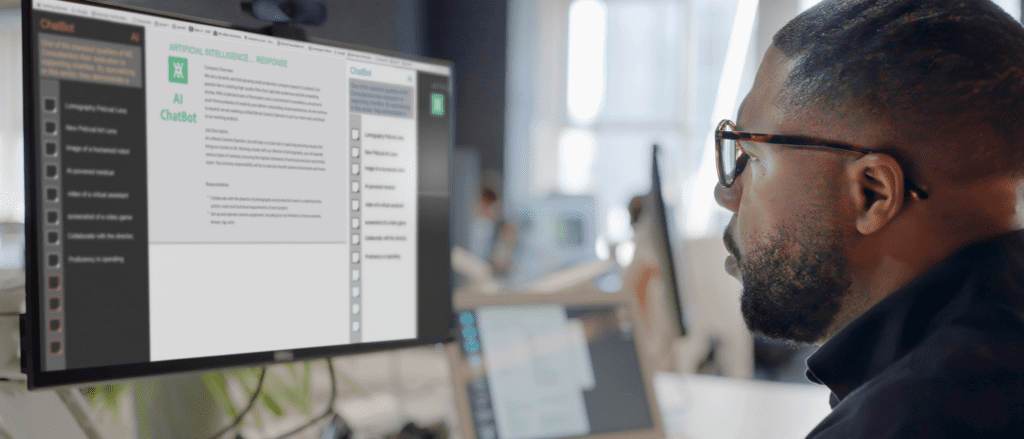5 Modern Applications for Python
Python is everywhere.
It’s one of the most widely used, popular programming languages in the world. What exactly makes it so desirable?
For starters, Python is beginner-friendly. The language’s relatively simple coding tools, the depth of its open-source libraries, and its ability to build complex programs make it appealing to developers of various specialties.
Python is also versatile. It can certainly be used to build web applications, but it’s also fantastic for back-end development, data science, and system scripts. Businesses of all sizes – from startups to engineering teams, to large corporations, can capitalize on Python for specialized purposes. Heck, where can’t you use Python?
In this article, we’ll answer a simple question we get from clients and new developers all the time: what is Python used for? Without further ado:
Web Development
Python is a go-to language for web development due to its flexibility, simplicity, and pre-built libraries and frameworks (Django, Flask, etc.). These built-in functions save developers a lot of time, allowing them to leverage the language for front-end, back-end, and server-side functions. Some of the biggest platforms you can think of – i.e. YouTube, Google, PBS, and Reddit – rely on Python to build their main infrastructure.
Data Science
Python programming is so popular among data analysts and scientists because of its rich scientific libraries. Whether you’re performing straightforward data analysis, or working on a more complex project, it probably has the tools you’re looking for. Working with astronomy data? Use Astropy. Conducting statistical analysis? Choose graph-tool. Analyzing detailed bioinformatics? BioPython will be your friend. Here’s a full list of Python’s scientific libraries. Find the best fit for your needs!
Artificial Intelligence
According to The Webster Dictionary, Artificial intelligence is the capability of machines to imitate intelligent human behavior. AI can help build predictions and create elegant solutions across a wide range of applications. For example, Python and AI projects are revolutionizing the healthcare industry. By predicting diseases and tracking health, AI will have a critical role in the future of medicine. Or take the example of financial services companies, who use AI for market research and predictive investment.
Machine Learning
It may sound like the plot of a sci-fi movie, but it’s not! Computers are teaching themselves. Machine learning, or the application of AI to assist systems in automatically learning and improving from experience, has been a hot topic in the software industry for several years; and it’s helping disciplines take innovative approaches to problem solving. Unsurprisingly, Python programming has played a large role in its success. The most popular Python machine learning libraries include TensorFlow and scikit-learn.
Finance
Python is used in Fintech, in areas such as risk and trade management, data regulations, compliance, and analytics. Some of the biggest banks and financial technology companies, such as Bank of America and Venmo, rely on Python for various needs. If you’re interested in becoming a Fintech web developer, learning Python is definitely a smart career move.
Conclusion: 5 Modern Applications for Python
So, what is Python used for? A lot, as it turns out! The use cases above are just some of the reasons Python is such a fantastic language. Its power, simplicity, and versatility are evident across a range of industries, and new and veteran coders alike report positive experiences. If you’re interested in learning how to code, learning Python basics is an excellent place to start.




